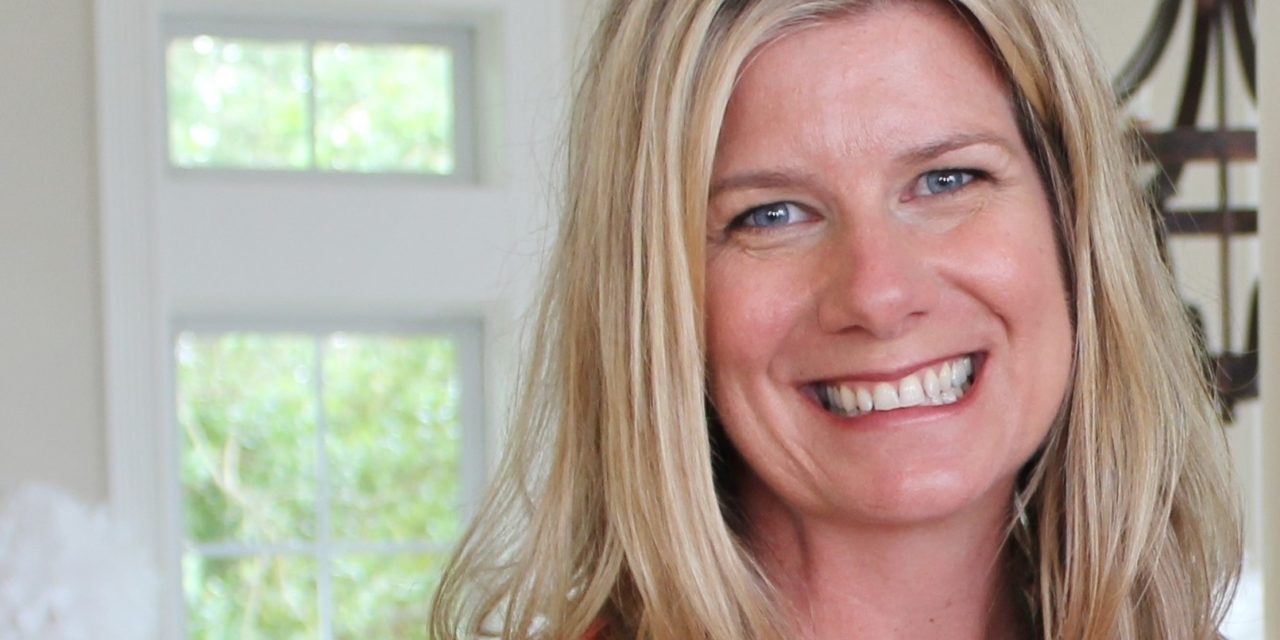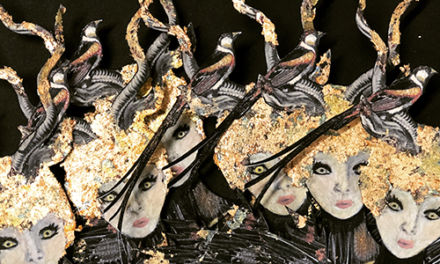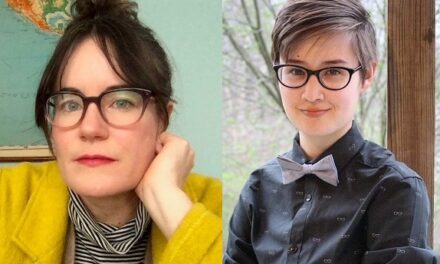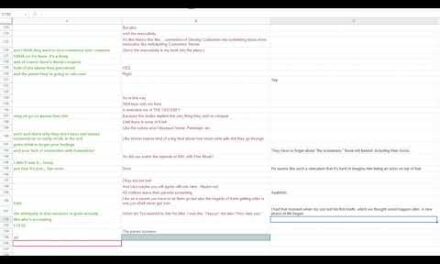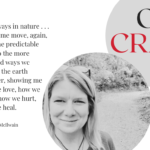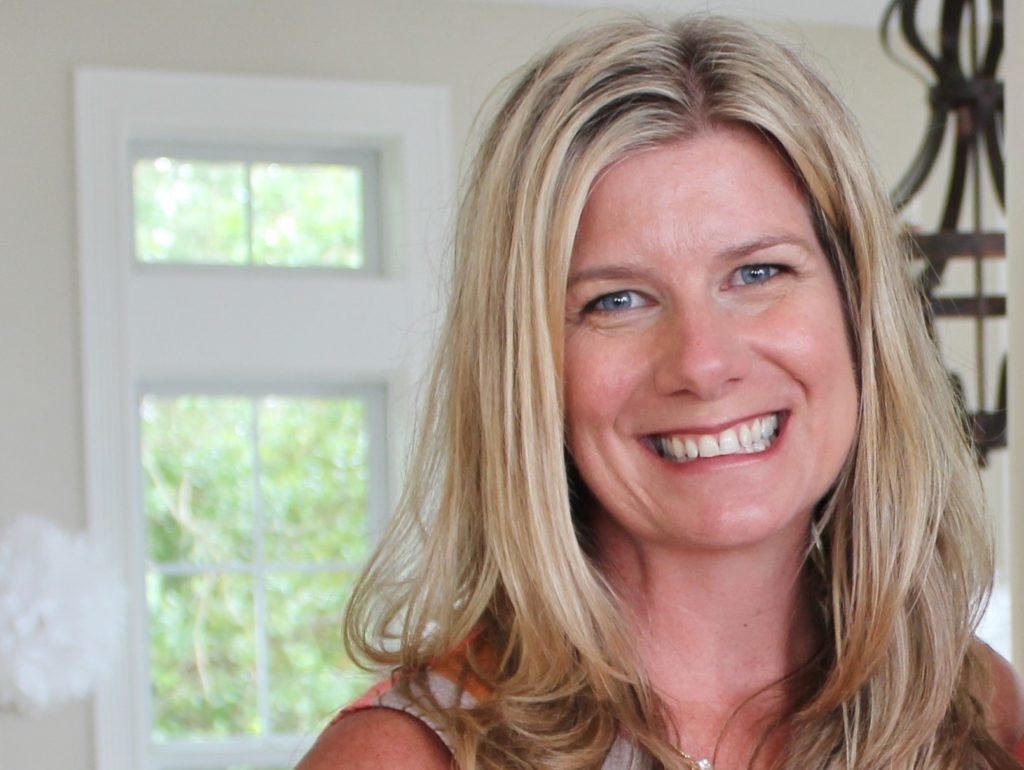
Associate Editor Molly Reid: We first had the pleasure of featuring Jolene McIlwain’s work in our miCRo series. Her story “Drumming” captures a tender moment in a diner between Dusty, who works behind the counter, and Elbert, a customer and former classmate. Because of the deft, subtle narrative maneuverings, these characters remain with the reader well beyond the ostensible end of the story. And we were obviously not the only ones to respond to McIlwain’s piece—we received a lot of positive response from our readers who shared the story and talked about how it moved them.
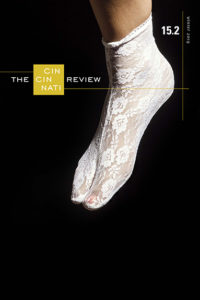
In our latest print issue of the magazine, 15.2, we were lucky to again feature McIlwain’s work, this time a piece of creative nonfiction entitled “In All This Rain” about—among other things—the speaker’s father’s hemorrhagic stroke. The essay is made up of ten numbered sections and braids together medical terminology, information about how water is found and how it shapes land, the father’s relationship to water and his own physical experience of his illness, the speaker’s husband’s excavation work, and the relationship between father and daughter, and father and son-in-law. Though this essay is different in approach and genre than “Drumming,” it similarly stays with the reader and has a life beyond the page. It has heart—a rare and wonderful thing in the current literary magazine landscape.
We are grateful to have Jolene answer a few questions about her process below. To read the essay, you can purchase a print version of the issue here, or an E-issue here.
In “In All This Rain,” you braid information about water and digging with your father’s stroke. Was this an approach or form that you chose before writing this piece? How do you see the relationship between form and content in this essay in particular? How conscious are you usually of form when you’re writing?
I wish I could say I chose the form and worked from there, that I knew early on which threads I’d most want to follow. Forms can define and dictate the limits of a piece and thereby intensify or amplify tension, focus themes. Instead, this piece began as a bunch of random notes on my phone, slips of paper, journal entries, patient pamphlets, drawings, reports, etc., I’d accumulated while navigating the strange world of my dad’s hemorrhagic stroke. For a long time, I couldn’t seem to write anything coherent about what was happening—as with most medical trauma, it didn’t make sense, it came at me in a scattershot manner—but I wrote in it and around it.
My first real attempt at creating a whole from the fragments and paper scraps involved trying and failing to write a traditional essay. The good news is that at the time I was also reading Julie Jung’s Revisionary Rhetoric, Feminist Pedagogy, and Multigenre Texts. She explores a theory of revision that “recognizes the value of disruption in working toward a greater understanding.” On a recommendation by my mentor, Dr. Carole Bencich, I’d been using Dr. Tom Romano’s multigenre research-writing pedagogy in my own classroom for years. A model multigenre text Romano suggests is Michael Ondaatje’s The Collected Works of Billy the Kid—which is made up of poems, newspaper articles, letters, etc. So I set out to practice what I’d been teaching and reading about, to “disrupt” my traditional essay and write a multi-genre research text—this was the form.
I completed a 30+ page multi-genre essay on my father’s stroke story, including poems, quotes, letters, reports, transcriptions of conversations I’d had with my husband, the doctors, and families in waiting rooms, and even a little research on discourse communities, the language barriers between the world of medicine and the layperson. It was messy, complicated, real, and it made some sense of this assault his stroke had inflicted upon him and our family. There were large gaps, issues I didn’t understand, couldn’t write about. Too raw. Too wrought with triggers. I wasn’t satisfied with it. So in every course I took in the next few years—two independent studies, classes on long poems, hybrids, flash—I harvested snippets from that manuscript, trying to further disrupt with revision and distill the experience—to write something accessible and maybe even artful, a piece that would portray truthfully my understanding of what had happened and was still happening to my dad.
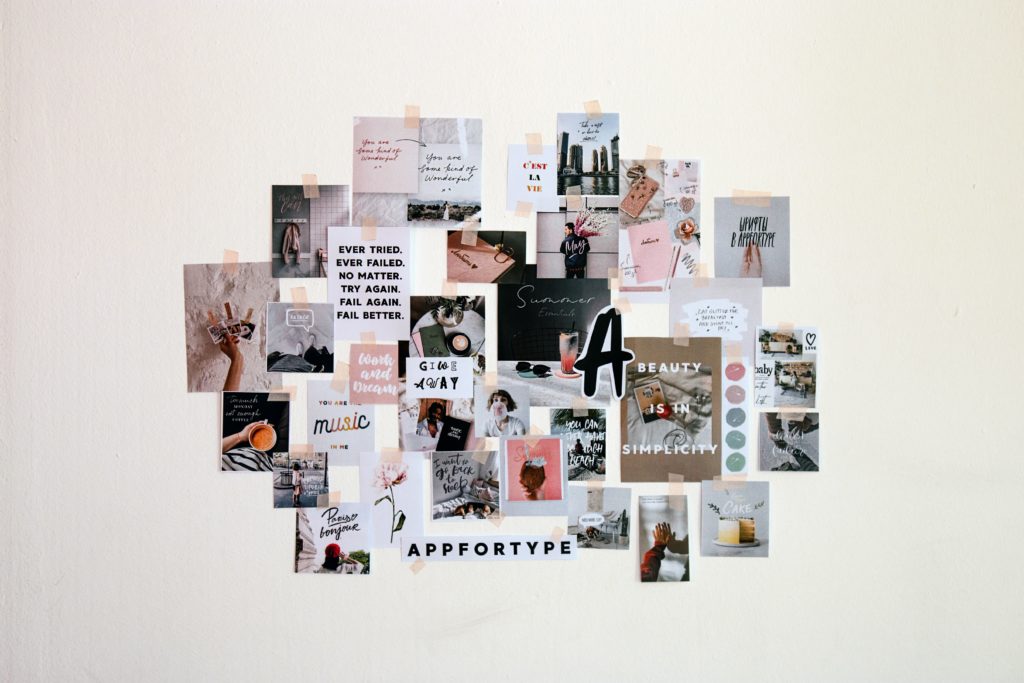
Many authors and artists I adored used hybrids, assemblage, collage, and multimedia forms to deal with thorny, complicated, but universal, subjects, and I kept coming back to my favorites for inspiration, like Jane Kenyon’s short numbered poem, “Having It Out With Melancholy,”which explores the large, complicated issue of depression.
So, I didn’t know up front that I would write a short numbered piece, somewhat braided, somewhat still a bit scattershot. This form slowly emerged. Over time, I knew I wanted to write about how similarly the body and the land react in storms, how natural pathways could be disturbed, disrupted, healed, how my husband’s excavating work aided me in comprehending what was happening to my dad. I wanted to highlight the language of work—both of excavating and medicine. I wanted to preserve my memories of my dad, his relationship with my husband, and his love of and connection to water. What a relief when you said you liked the form. Thank you, again!
The first piece of yours we published was for our online miCRo feature and was a piece of flash fiction. Do you have favorite lengths or genres you like to write in? Is there one you find yourself drawn to over another? Do you have different approaches or processes when writing in these different genres?
I am as in awe of micros and flash as I am of memoirs and novels. I wish I could say I had a favorite, one I felt most comfortable with, but I don’t. I struggle equally with every form or genre I attempt, but I grant myself permission to try out many forms, POVs, etc., and that gives me a better sense of what a piece wants to be. Writing short has taught me that I’m not really afraid to cut. I think that’s a skill we need for any type of writing. It’s my approach with all of my work: Get it all out there. Then, CUT! In “In All This Rain,” there was a section/scene with a surgeon that was paragraphs-long and now it’s only a few sentences. In “Drumming” there was a ton of backstory on Elbert’s father’s abuse and in the final version this backstory’s been whittled to one or two lines.
One thing I really admire about your writing, evident in both “Drumming” and “In All This Rain,” is your fearless approach to real emotion. Many writers shrink from risking sentiment, but in both these pieces, there are moments that tug at the heart strings. For example, near the end of “In All This Rain,” you write: “I try to forget that someday, when Dad dies—whether from another stroke or some other hit—my husband will likely dig his grave.” Gah! This is a beautiful, sad, heartfelt line (one of many). How conscious are you of writing about emotion, or trying to evoke real emotion in the reader? Is the line between sentimentality and genuine earned emotion something you worry about?
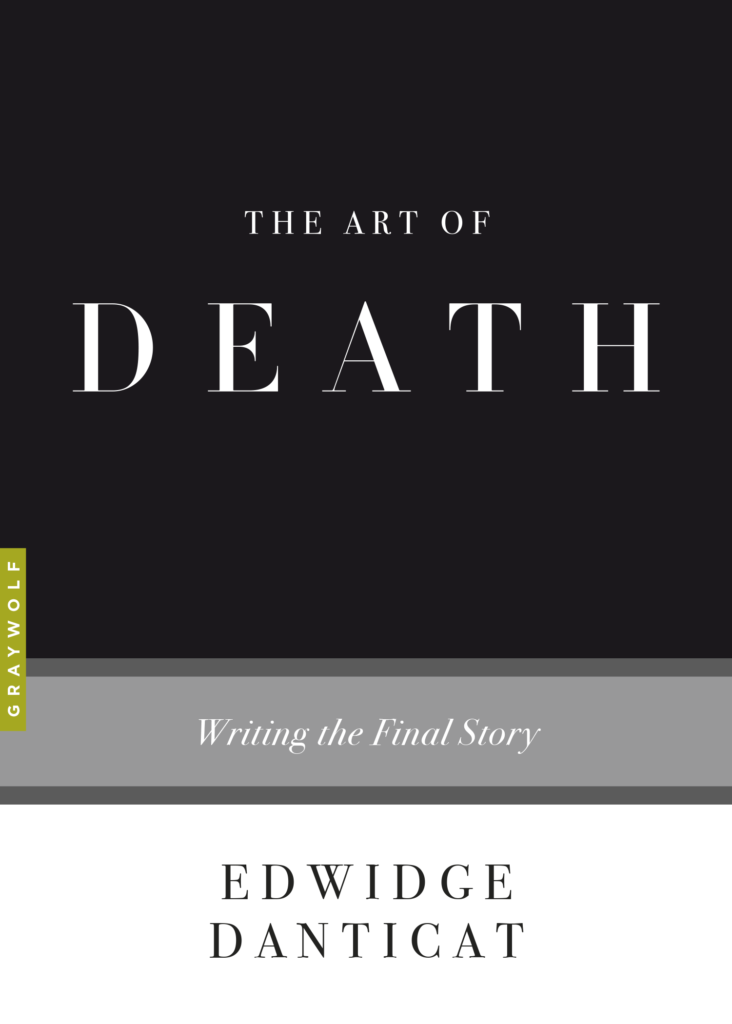
Thank you so much. I worry all the time. I come from a family of oral story-tellers who intentionally and consistently use amazing melodrama and sentimentality in their stories. The more clichés the better! The more embellishments and hyperbole the better! My family won’t just tug at your heart strings, they’ll demonstrate how that wreck or that punch felt, falling backward into a chair. I worry about the line between sentimentality and genuine earned emotion especially when I’m writing about topics that can easily veer toward cliché—which are topics I love, by the way, to write about. I battle it out with sentimentality and melodrama with specific, hopefully unique, details or an unexpected form. With this piece, I had to ask, how do I create an essay about a stroke, a nursing home, work, and the foreboding feeling of the death of a parent, etc., that’s unique to my dad’s and my own experience? Because when it’s happening to you it’s not normal, common, cliché. It’s once-in-a-lifetime, unique, horrible, lovely, confusing, and strange. How does one earn the emotion they’re expecting the reader to have, to help them feel that same feeling? In The Art of Death, Edwidge Danticat writes: “Empathy is not guaranteed, and hyperbole does not necessarily ensure it.” She goes on to quote Brenda Ueland from her book If You Want to Write, as saying, “The more you wish to describe a Universal the more minutely and truthfully you must describe a Particular,” naming “microscopic truthfulness” as a tool.
If I build up to those lines that could be read as sentimental with plenty of “microscopic truthfulness,” the reader will be more willing to teeter on that edge of the potentially sentimental with me. I hope.
Jolene McIlwain’s writing appears online at New Orleans Review, Prairie Schooner, River Teeth, Litro, Prime Number, Atticus Review, Fourth River, and elsewhere. She was recently nominated for four Pushcarts and 2018’s Best of the Net and was a finalist for both the Best Small Fictions Anthology 2018 and Glimmer Train’s Top 25 and a semifinalist for Nimrod’s Katherine Anne Porter prize and American Short Fiction’s Short and Short(er) fiction contests.

